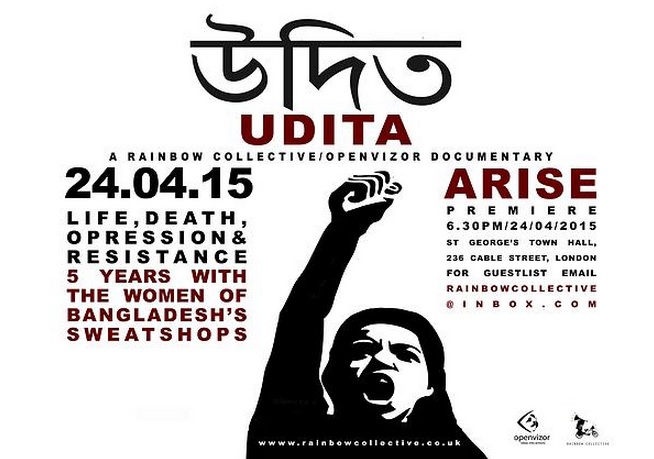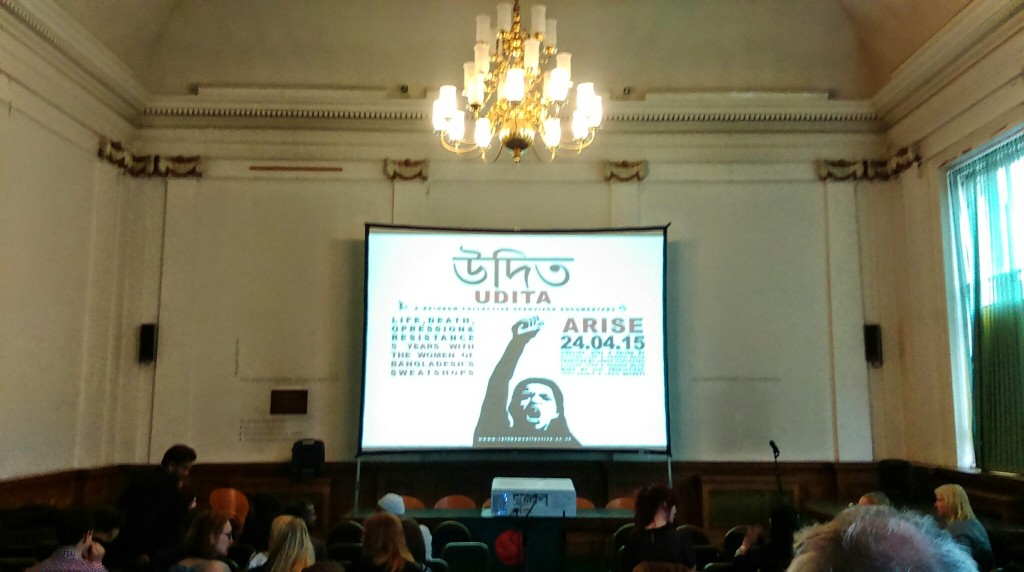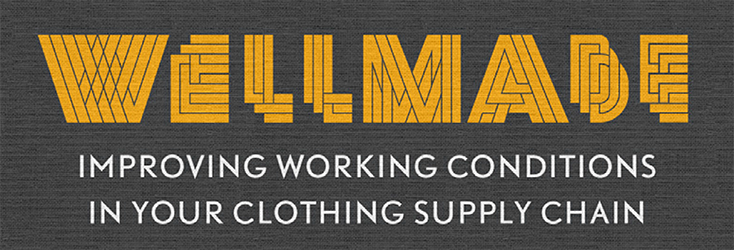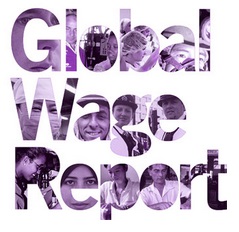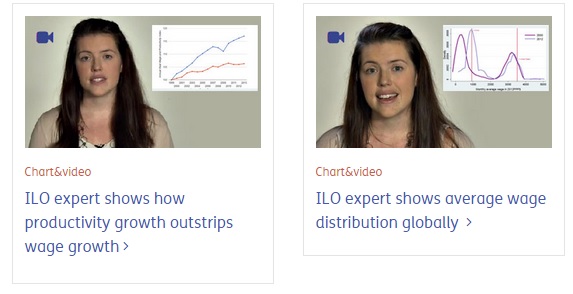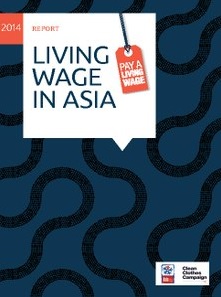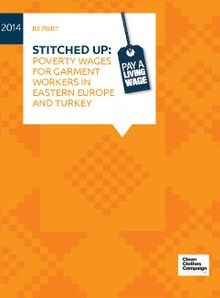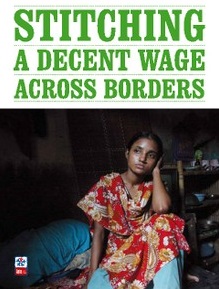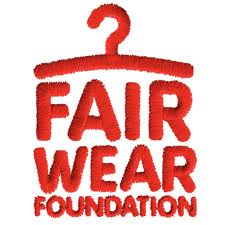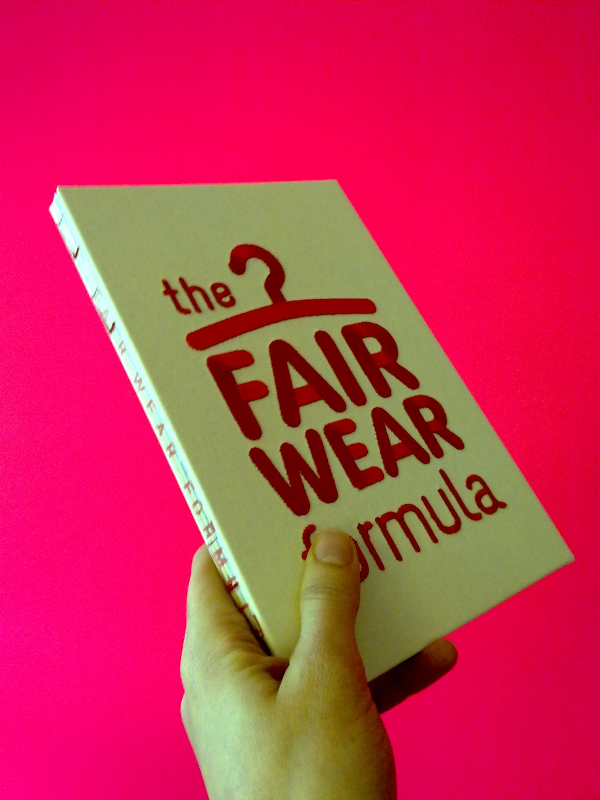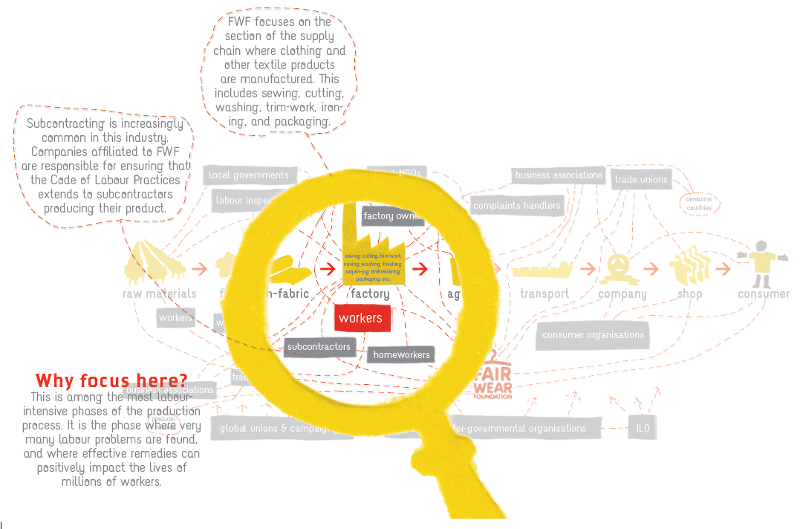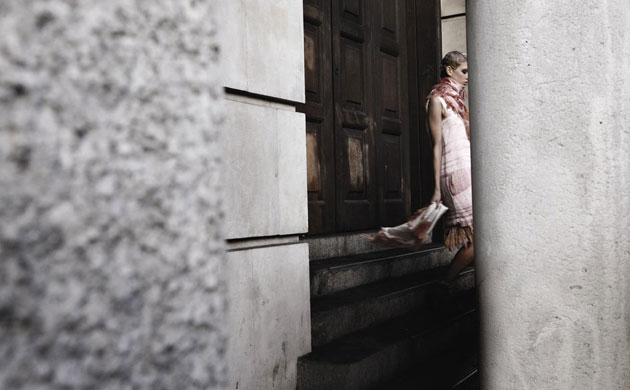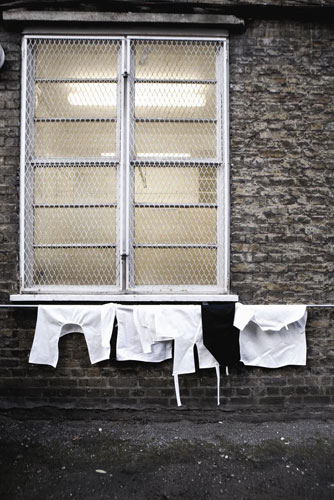With International Women’s Day around the corner, I just had to share this excellent resource with you: Leadership, Feminism and Equality in Unions in Canada, a project organised by Linda Briskin, Sue Genge, Marg McPhail and Marion Pollack.
From the project website:
“This project on Leadership, Feminism and Equality in Unions in Canada explores the current climate and attitudes to women, feminism, leadership and equality in Canadian unions through the insights, voices and experiences of women union leaders, activists and staff in Canadian unions.
Undoubtedly unions in Canada have played a significant role in promoting women’s equality. And many share the optimistic belief that organized labour can continue to play a critical part in challenging women’s inequality. Yet evidence suggests that equality issues have still not moved into the mainstream of union culture. Some even point to a backlash, suggested by the decline in women’s participation in leadership, fewer resources for equality organizing, and in some cases, outright attacks on advocates. These are disturbing trends.
Union women fought hard for equity gains over the past five decades. In the current climate of recession, cutbacks, and austerity, are we now losing ground?”
There are links to loads of resources, including this important short film, originally produced in 1981 by Linda Briskin and Lorna Weir – a wonderful historical resource for teaching.
While the project relates specifically to the labour rights movement in Canada, it is completely relevant to union and labour organising globally.
Image source: Leadership, Feminism and Equality in Unions in Canada

